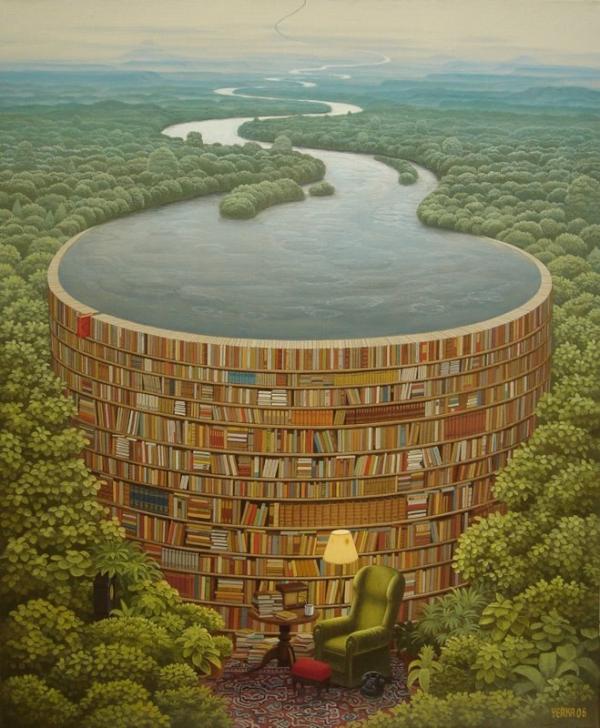
Opinion by Paul Hockenos(CNN)
Climate change is already wreaking lethal havoc on the world of flora and fauna.
So, all hands on deck to save the planet, right? We’re behind in the chase and need all the clean energy resources we can muster to hit the 2015 Paris summit goals and curb global warming, right?
Actually, no. All renewable energy sources are neither equal nor welcome. Just because an energy source is zero or low emissions doesn’t mean that it’s intrinsically good for the environment — just look at nuclear power, which many countries (rightly) deem much too dangerous and, these days, too expensive anyway to build out.
Hydropower falls into a similar category. It’s basically emissions-free and a cornerstone of today’s global renewable energy supply. It can be a potent means to generate voluminous green power, as it currently does around the world.
Hydropower accounts for 16% of the world’s electricity generation, according to the International Energy Agency, a Paris-based intergovernmental organization. This is more than all other renewables (not counting nuclear power) combined. Moreover, pumped hydroelectric energy storage — which employs surplus electricity to pump water to high altitudes that can later be released through generators — is a valuable means to store energy.
Yet hydropower stations can also inflict quite severe environmental trauma on ecosystems as well as human communities — and they can exacerbate geopolitical tensions, too. In terms of the natural world, these impacts include the extinction of fish populations, a loss of aquatic habitats, the erosion of riverine and coastal land and sinking groundwater levels. The worst sort of hydropower plants turn rivers upstream into fake lakes and downstream into drainage ditches.
The larger impoundment dams are the most pernicious offenders.
Their giant reservoirs also uproot whole communities and submerge ancestral homes. While the gargantuan, mega dam projects in China and the Amazon are well-known, the most recent such vast, old-school hydro project is less familiar. Turkey’s Ilısu Plant on the Tigris River, which goes into full-scale operation early next year, has displaced 80,000 and will drown the 10,000-year-old town of Hasenkeyf, one of the oldest sites of stationary human habitation, as well as many others.
The Ilisu dam on the Tigris — which is part of a much broader hydropower expansion strategy across all of Turkey — will likely further exacerbate resentment downstream in Syria, Iraq, and Iran, which already suffer from ever lower levels of the storied river that they, too, like the Turks, live from.
The last thing that this highly unstable region needs is another factor roiling tensions.
Such massive dam projects are so intrusive and destructive that some states rule them out; in the EU, water access legislation is meant to effectively ban them, according to Sophie Bauer, Friends of the Earth communications officer in Brussels. But globally, even more are being built and labeled as green energy.
In Europe, small and medium-sized hydropower plants are being constructed at a rapid-fire pace. In Western Europe, even though most rivers are already dammed to the hilt, another 8,700 are planned or under construction, according to estimates from the World Wide Fund for Nature. It reported 21,387 existing plants.
Many of the plans have conservationist groups up in arms. Many of these new projects will be in the Balkans and threaten some of Europe’s last free-flowing rivers, such as the Vjosë or Aoös River, which flows from northern Greece through southwestern Albania into the Adriatic Sea.
Some of the power stations are so small that they produce negligible amounts of energy — but nevertheless defile the rivers.
What’s so heart-rending and irrational about the plans is they’re not necessary. Indeed, today other, better renewable energy sources exist, such as solar and wind power, as well as bioenergy and geothermal. Studies show that in places such as Turkey and the Balkans, these other, less intrusive renewables could flourish and produce enough electricity to meet all of domestic demand — and probably enough surplus to export.
The hydropower plants already in place and generating a decent minimum of electricity should be left where they are or replaced with less-invasive, more productive hydropower technologies — as there is significant difference between hydropower technologies.
In low-lying regions, for instance, “run-of-the-river” plants, which use partial or no damming, tend to have the least negative impact on their environment.
“A well-designed and well-managed hydropower plant that fits into the local ecosystem and is operated with an eye on fish and other wildlife, can make a great contribution to the energy transformation with relatively small impact,” R. Andreas Kraemer of Ecologic Institute in Berlin, told me.
Some conservationist groups have called for tighter regulations on hydropower in Europe and the decommissioning of old, obsolete plants.
Better though are criteria that allow new dams only where other local clean-energy resources are not available.
“We need a balanced combination of different sources of renewable energy that provide the best efficiency with the least negative impacts at a given location,” Michael Rinderer of University of Freiburg’s Institute of Hydrology told me. He warns that a large number of small hydropower plants can have a cumulative effect as negative as one large station.
Get our free weekly newsletter
“It’s the job of natural scientists and engineers,” Rinderer said, “but also the politicians to balance the positive and negative impacts, and not only see short-term economic potential benefits.”
Expanding renewable energy, as critical as the endeavor is for our civilization, can happen without ravishing our environment. Calling for the highly selective deployment of hydropower doesn’t automatically make one a NIMBY naysayer.
Paul Hockenos is the author of “Berlin Calling: A Story of Anarchy, Music, the Wall, and the Birth of the New Berlin.”
CNN Opinion.

